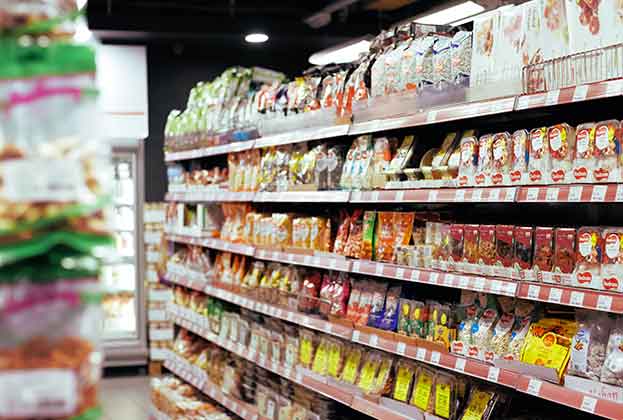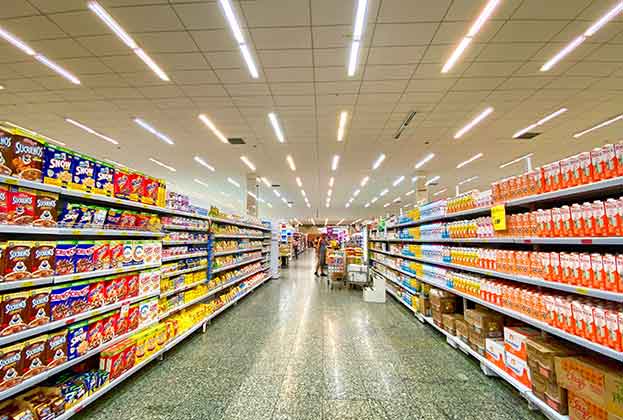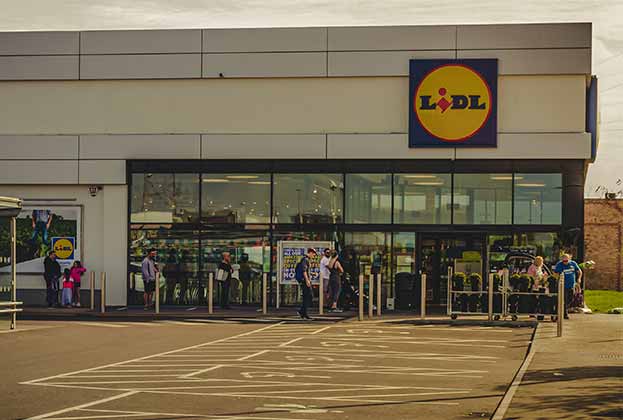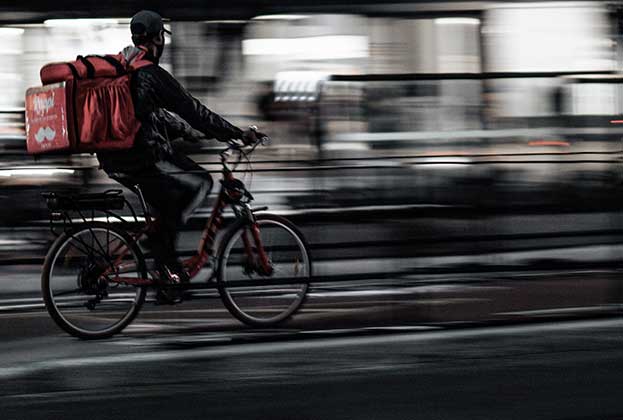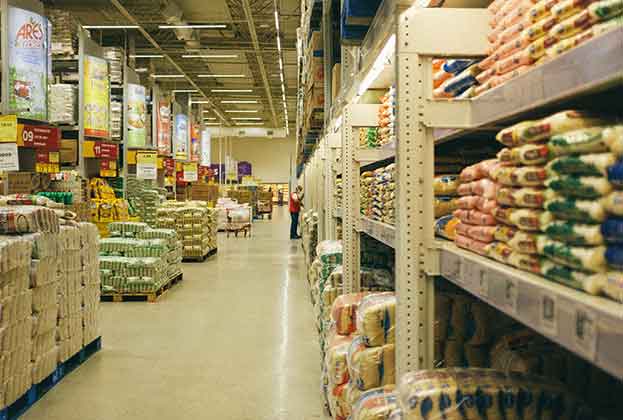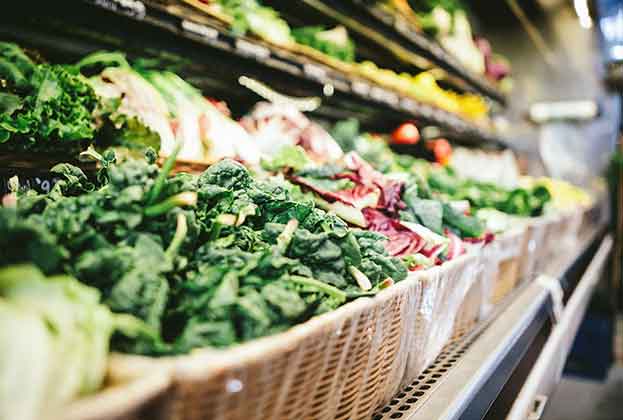Changes in consumer habits and the advancement of new technologies have led to one of the greatest transformations in the food sector
Traditional food retailers were the first to engage in food e-commerce with initiatives that emerged as early as in the 2000s. In the first years, tight margins, poor customer loyalty, lack of IT investments and heavy organisational structures did not help to build a customer-friendly shopping experience.
The pandemic has brought online grocery to the fore. Many consumers who have always shopped in-store have reverted to completing their transactions online to avoid venturing into stores and potentially being exposed to the virus. The surge in demand for home delivery options in March and April was high enough to cause website crashes; however, since then, traditional grocery retailers have been quick to swell capacity to deal with this demand, providing the customers with intuitive, innovative and sustainable solutions for online grocery shopping. Customer satisfaction has been key to ensuring loyalty and gaining market share.
Tesco, for example, doubled its online fulfilment capacity in the space of six weeks and launched 'Tesco Groceries' app, which now includes barcode scanning. Schwarz Group is launching its own rival to Amazon Web Services following the recent acquisition of software specialist CAMAO IDC. Aldi has recently launched its click-and-collect service to customers in the UK, and Carrefour is launching a new e-commerce platform developed by VTEX. Smaller players who could not feasibly expand their online business have partnered with pure players and online food delivery platforms (such as Deliveroo and Uber Eats).
Regardless of the growing influence of internet pure plays, traditional retailers still dominate the online channel
Eri Mitsostergiou, Director, European Research
Grocers quickly realised they needed to invest in their online propositions, capabilities and loyalty programmes encouraging shoppers to take more spend online going forward than was the case pre-2020. Their willingness to do so highlights a strong omnichannel approach and actually alleviates the concern of the importance of the physical store going forward. Unlike much of the rest of retail, where the rise of e-commerce can directly impact on the volume and value of goods sold in-store, online grocery orders are typically serviced by the stores themselves. During the pandemic, large food retailers were only able to meet the surge in online demand because of their network or stores. This is where online orders are fulfilled; products are picked, packed and delivered locally – a significant point as it highlights the continued importance and true value of the store network for these brands in meeting the need of their consumers and their last-mile delivery requirements.
Despite the unprecedented performance of the grocery sector in recent months, many analysts might point to the growth of online penetration as a potential threat to the physical store in the years ahead. The channel shift from offline to online has been dramatic in the food & grocery sector in 2020. According to Forrester, in Western Europe, online penetration jumped from 3.4% in 2019 to 5.3% in 2020 – a transference of €21.1bn. Since late May 2020, online spend has been running at double that seen in 2019.
Regardless of the growing influence of internet pure plays, traditional retailers still dominate the online channel. According to Retail-Index, six e-retailers in the food sector are ranked among the top 25 in Europe. Only Ocado is doing all its sales online. At Sainsbury's, 20% of the sales are made online, ASDA (Walmart) and Tesco are doing only 8% and 7% of their sales online, and France-based E.Leclerc and Carrefour 8% and 4%, respectively.
Read the articles within Spotlight: European Food and Groceries Sector below.
.jpg)

